I am implementing the Single Sign On functionality. I have an ColdFusion application which takes input parameters from Java application (POST request). What I need to do is return status codes and a description to indicate whether the user has access and the failed reason if the user does not have access to my CF application.
Something like below:

I have created a cfc and provided this as an API to allow Java users to pass in their UserName, CustomerID to my CF application. Do I need to write the return response logic in the same file? Like a function which "throw" error code (cfthrow).
Or may be I can use "cfheader"....something like this:
<cfif form.CustomerId EQ queryname.CustID>
<CFHEADER
STATUSCODE="200"
STATUSTEXT="Success">
<cfelse>
<CFHEADER
STATUSCODE="400"
STATUSTEXT="Insufficient Input">
</cfif>
Can anyone please help me here?